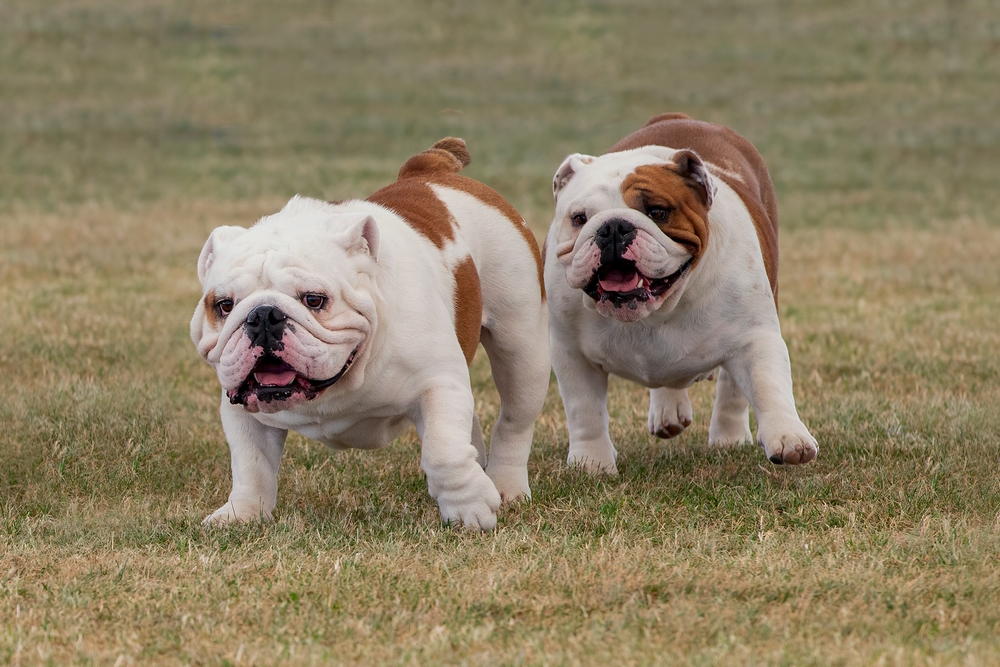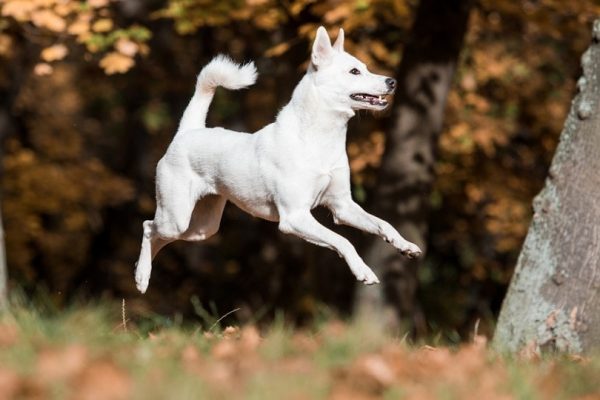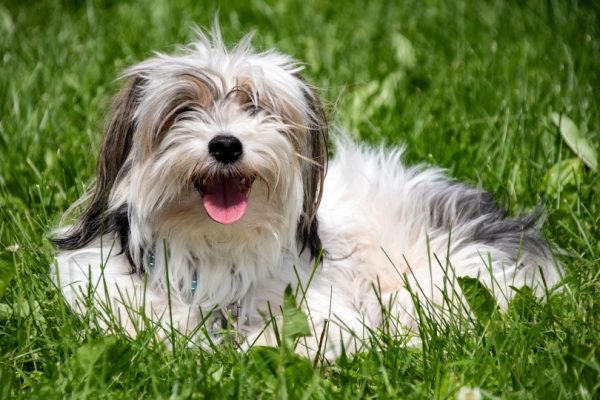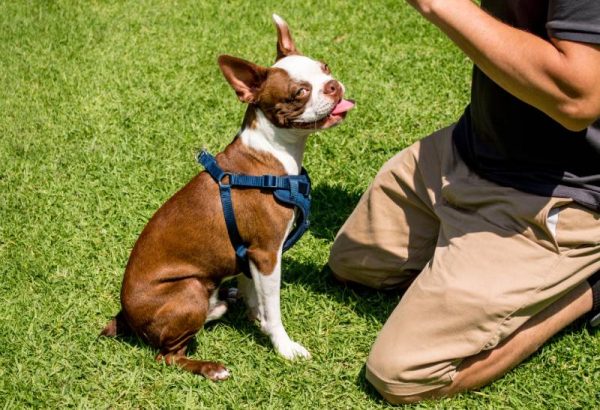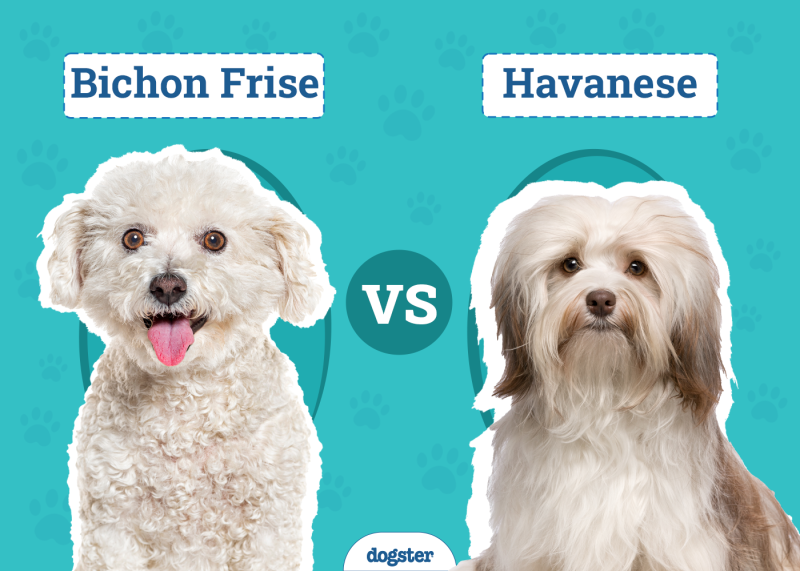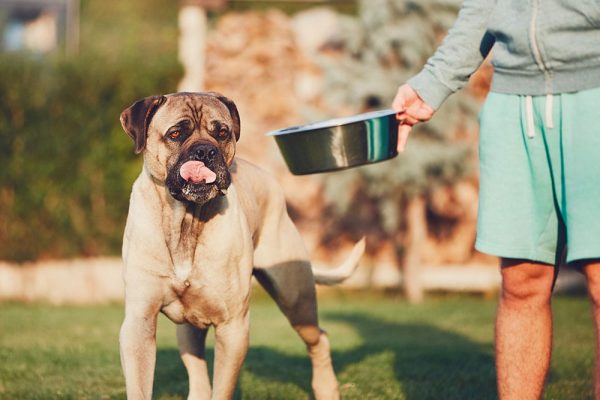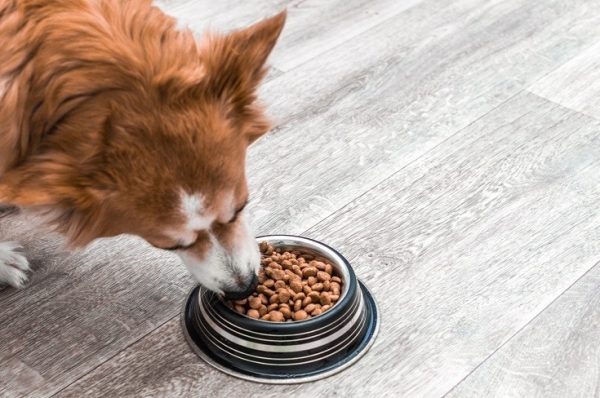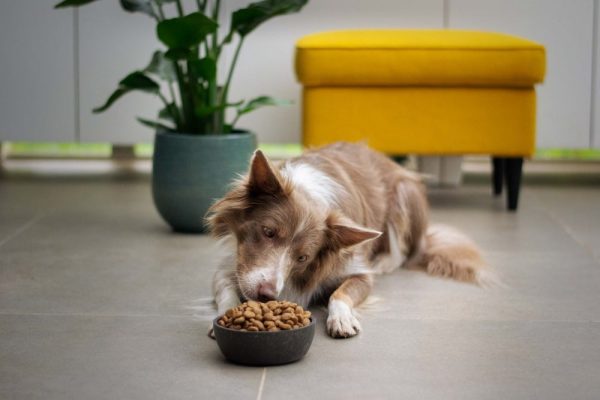In this article
English Bulldogs are a medium-sized breed that belong in the AKC non-sporting group. They can weigh between 40–50 pounds and stand between 12–15 inches tall when they’re fully grown adults.
Taking care of an English Bulldog puppy is a significant responsibility, especially since puppyhood is such a formative and crucial phase of a dog’s life. Healthy growth and development during this time may greatly improve the chances of an English Bulldog living a long and happy life.
One of the best ways to track your English Bulldog puppy’s growth and development is to record their measurements regularly. We’ll go over how you can start measuring your English Bulldog puppy and what you can expect during their puppyhood.

English Bulldog Breed Overview
English Bulldogs are most known and praised for their adorable wrinkles. They also have a charming personality and are very affectionate and loyal to their families. English Bulldogs are easygoing and calm, and they usually prefer spending their days lounging on the couch and looking forward to when their owners join them in relaxing. They’re often a good fit for families with children and other pets.
Despite being non-temperamental, English Bulldogs are often recommended for experienced dog owners because they can have particular care needs. As brachycephalic dogs, they don’t do well living in hot climates because they can experience difficulty breathing and overheating in hot weather. Owners must be able to gauge the right amount of exercise their English Bulldog needs to maintain a healthy lifestyle while being attentive enough to prevent their dog from overexerting themselves and putting their health at risk.
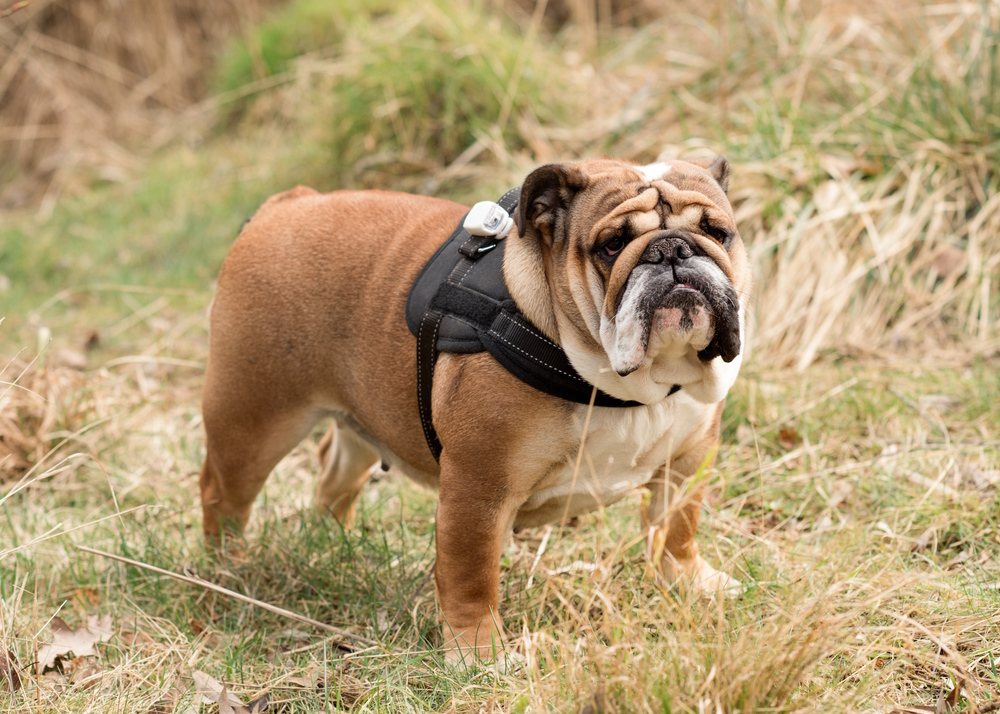
English Bulldog Size and Growth Chart
English Bulldog breeders typically allow their puppies to live with their new families when they’re about 8 weeks old. So, the starting weight of your English Bulldog puppy when they come home will be somewhere between 7–10 pounds. It’s common for English Bulldog puppies to experience the most growth before they’re 6 to 8 months old. Then, their growth will slow down as they reach 12 months. In general, male English Bulldogs tend to grow taller and weigh more than female English Bulldogs.
| Age | Weight Range | Height Range |
| 1 month | 4–7 pounds | 3–4 inches |
| 2 months | 7–12 pounds | 4–6 inches |
| 3 months | 12–18 pounds | 6–8 inches |
| 4 months | 18-25 pounds | 7–9 inches |
| 5 months | 25–30 pounds | 8–10 inches |
| 6 months | 30–35 pounds | 9–11 inches |
| 8 months | 35–40 pounds | 10–12 inches |
| 10 months | 40–45 pounds | 11–13 inches |
| 12 months | 42–50 pounds | 12–15 inches |
| 24 months | 45–55 pounds | 12–15 inches |
When Does an English Bulldog Stop Growing?
English Bulldogs usually reach their full height by the time they’re about a year old. However, they may continue to gain weight as they gain muscle. Most English Bulldogs will reach their full weight by the time they’re 2 years old. Since English Bulldogs are prone to excessive weight gain and obesity, it’s important to know your English Bulldog’s ideal weight. Your veterinarian can help you determine a healthy weight range for your dog.
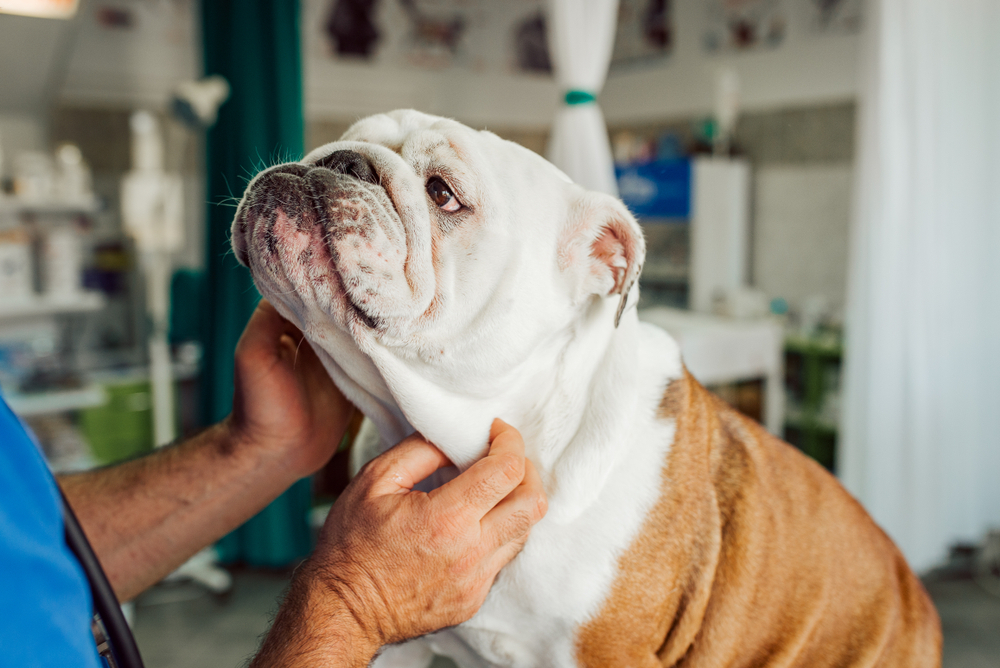
Factors Affecting the Size of English Bulldogs
Both genetics and environmental factors can affect an English Bulldog’s size. It’s highly likely your English Bulldog will grow to around the same size as their parents.
Nutrition and exercise will also affect an English Bulldog’s growth. Puppies that consume appropriate portions of a high-quality puppy food are more likely to grow healthy and strong because all their nutritional needs are being met. Malnourishment can lead to a wide variety of health complications and can stunt or limit a puppy’s growth and development. On the other hand, feeding your English Bulldog too much food can tip the scales in the other direction, potentially leading to other types of health concerns.
English Bulldog puppies also need adequate amounts of exercise for healthy bone and muscle development. So, it’s important to provide the right amount of daily exercise without causing your puppy to overexert themselves or be at risk of injuries.
Ideal Diet for Maintaining a Healthy Weight
Diet and nutrition are essential for healthy growth and development. If you don’t know where to start, it’s best to ask your puppy’s breeder or your veterinarian for food recommendations.
When shopping for puppy food, try to look for brands that use high-quality ingredients. In most cases, a puppy formula is sufficient enough for English Bulldog puppies. If you want to go above and beyond for your dog, you can explore breed-specific formulas. When it comes to special diets, like grain-free or limited ingredient diets, there’s usually no need to feed your puppy these types of dog food unless it’s specifically recommended by your veterinarian.
If you need to speak with a vet but can't get to one, head over to PangoVet. It's an online service where you can talk to a vet online and get the personalized advice you need for your pet — all at an affordable price!

It’s also important to refrain from overfeeding your English Bulldog treats because eating too many can quickly lead to excessive weight gain. When training your English Bulldog puppy, try to use low-calorie training treats and adjust their meal portion sizes accordingly.
How to Measure Your English Bulldog
Due to English Bulldogs having relatively calm demeanors, it’s usually not too difficult to track and record their growth measurements. All you need is a scale and a tape measure.
When measuring your English Bulldog’s weight, it’s extremely helpful to teach them the “sit” command so that they can stay still on the scale on their own. Try to weigh them around the same time each day, as things like exercise, eating, and drinking will all cause fluctuations in your dog’s weight.
When measuring your English Bulldog’s height, always measure them when they’re standing. Use a tape measure and measure from the floor up to the highest point of their shoulder.
Since English Bulldog puppies can grow quickly, it’s best to record their measurements at least once a week. Make sure to contact your veterinarian if you notice extremely rapid weight gain or loss or a stagnating growth pattern.

Conclusion
English Bulldogs usually stop growing when they’re about a year old, but may put on healthy weight until they’re about 2 years old as they develop muscle. While the average weight of English Bulldogs is between 40–50 pounds, it’s still important to consult your veterinarian to determine your English Bulldog’s ideal weight. English Bulldogs are prone to obesity, so it’s important to know if your dog is reaching an unhealthy weight as soon as possible.
Featured Image Credit: Sue Thatcher, Shutterstock
